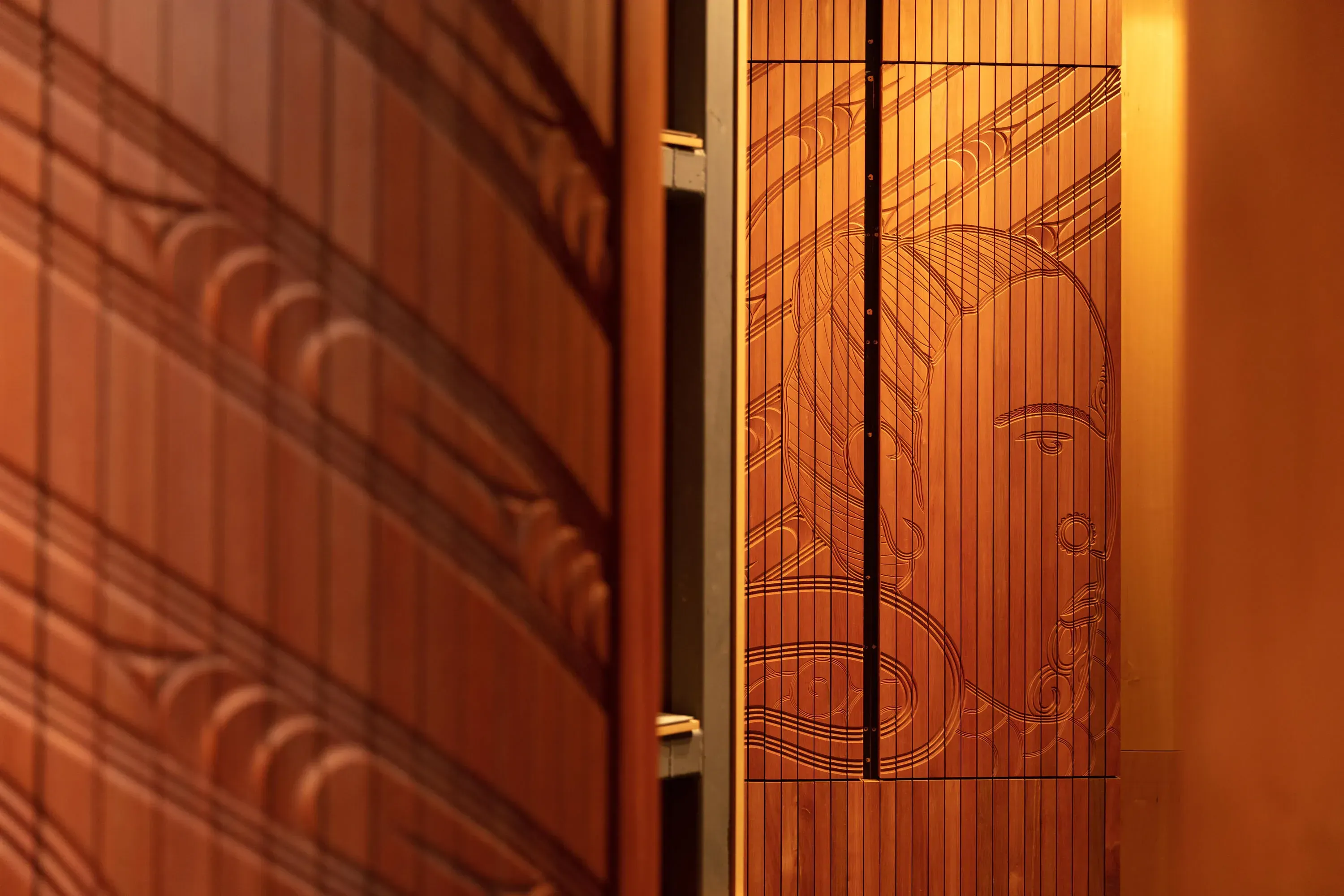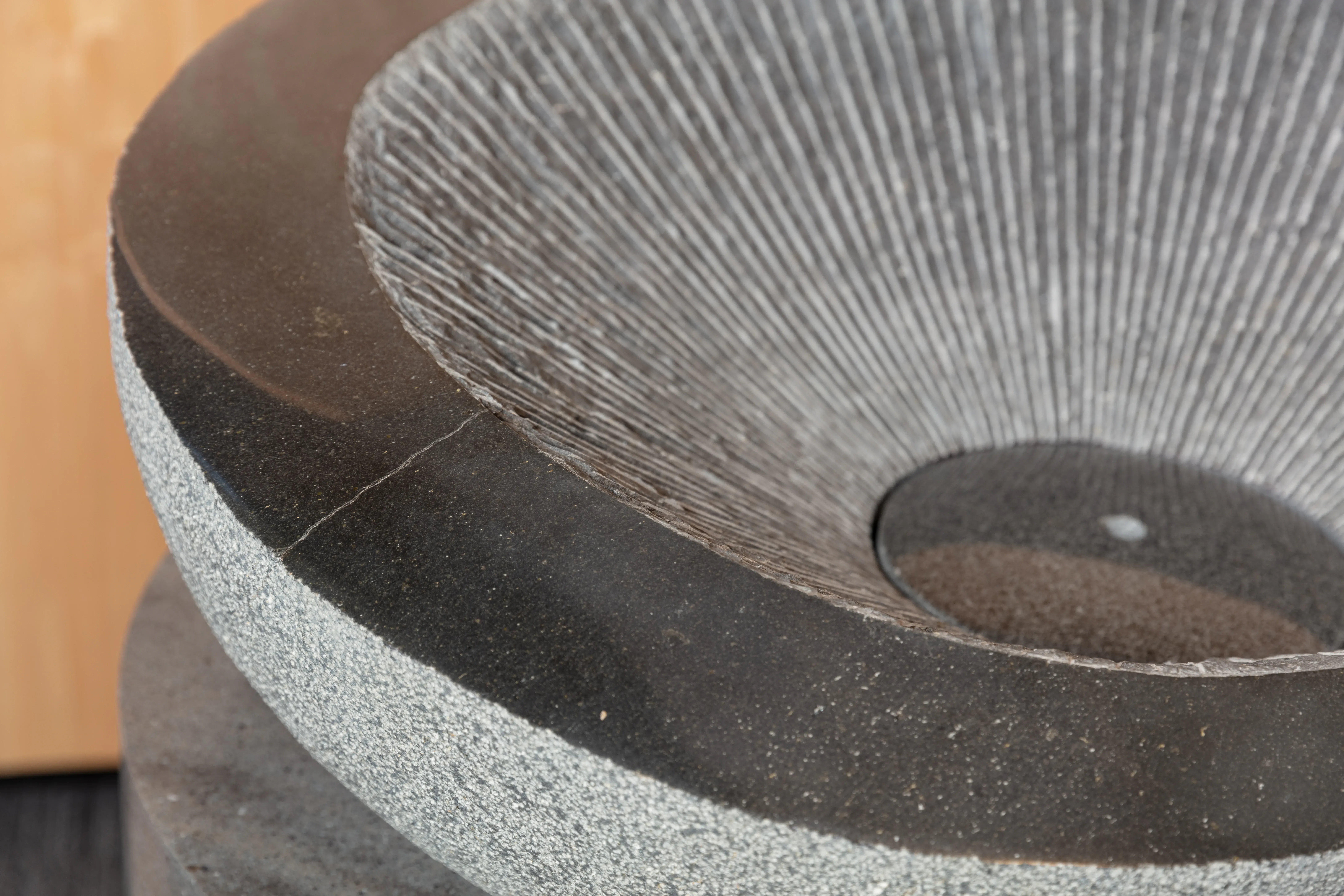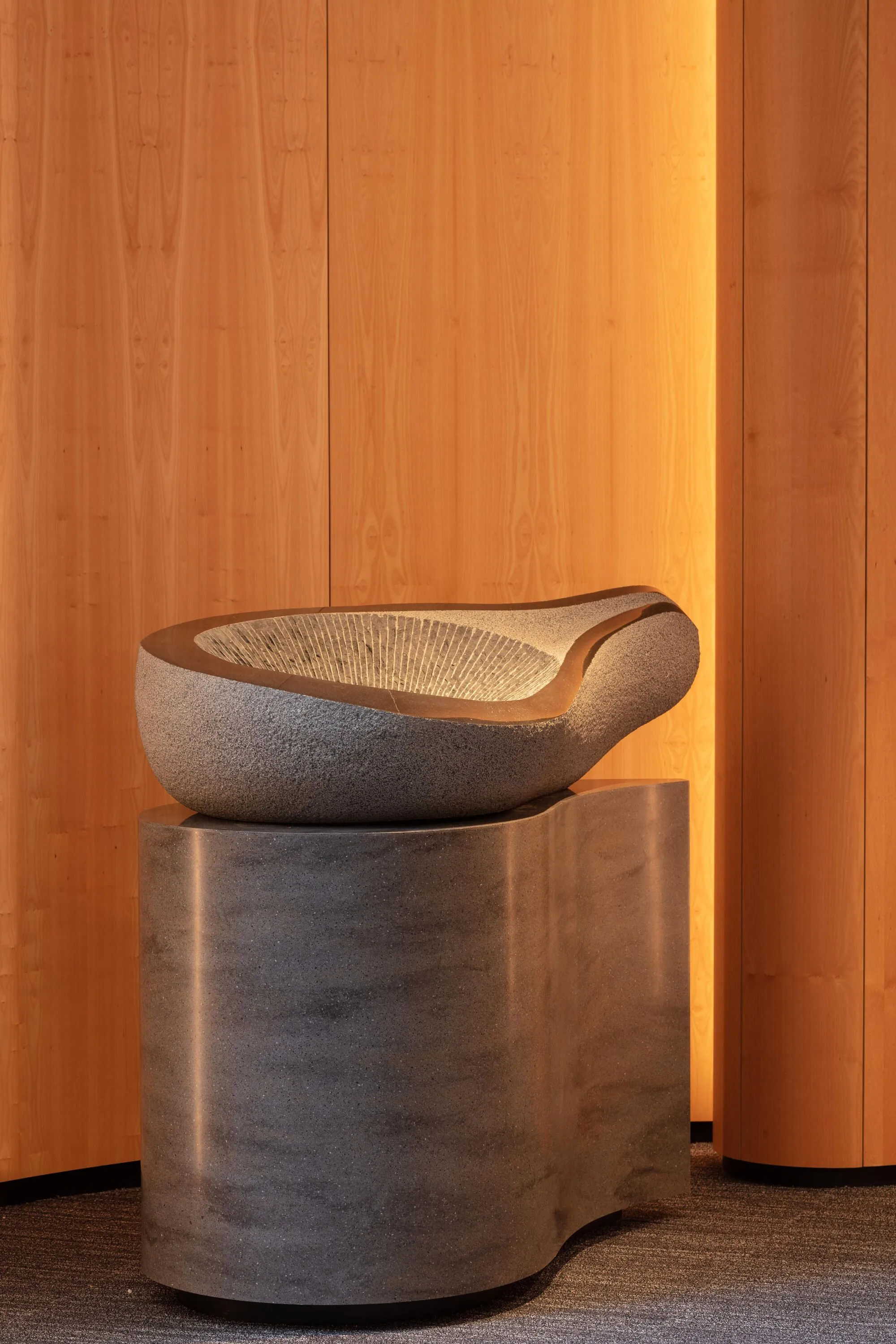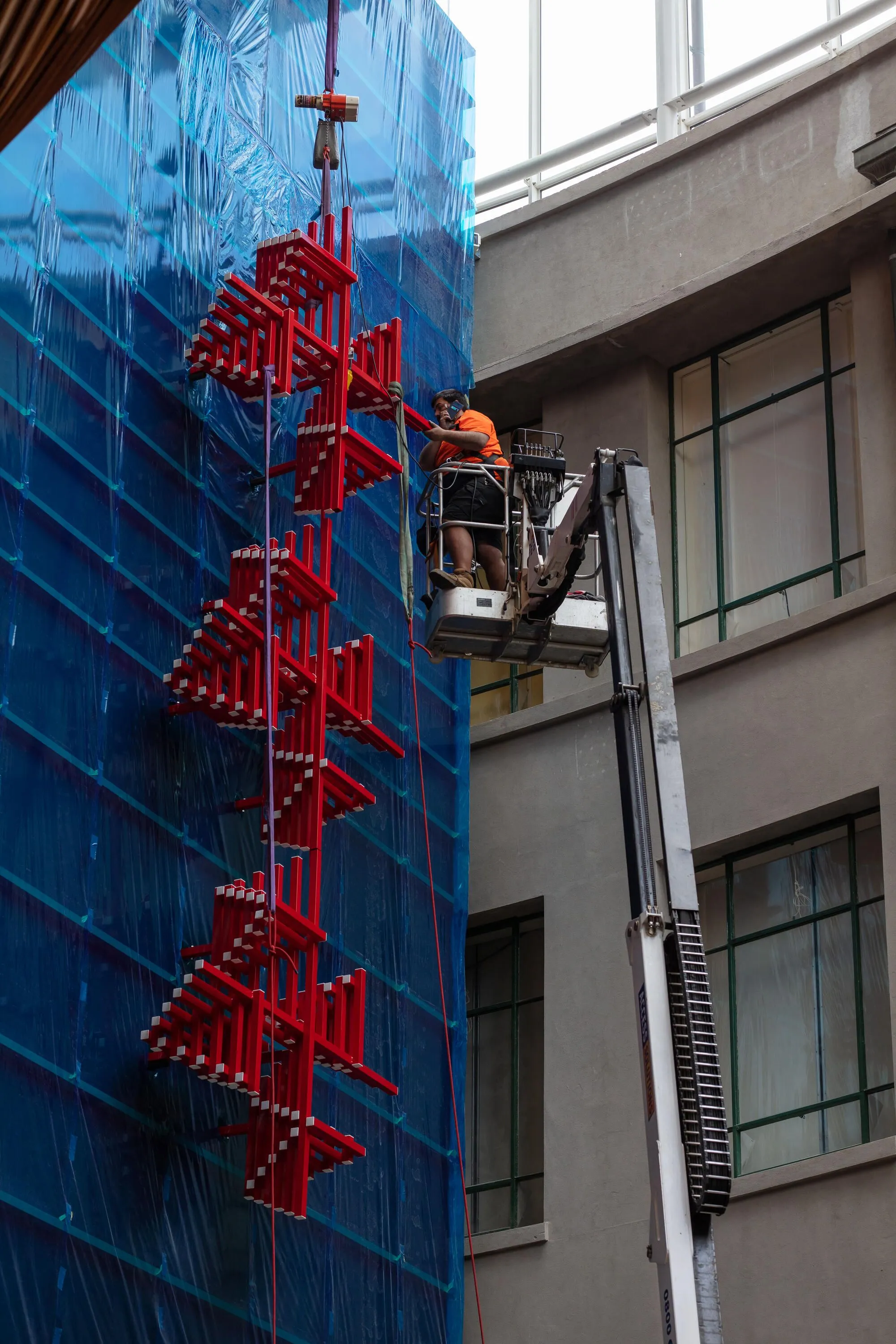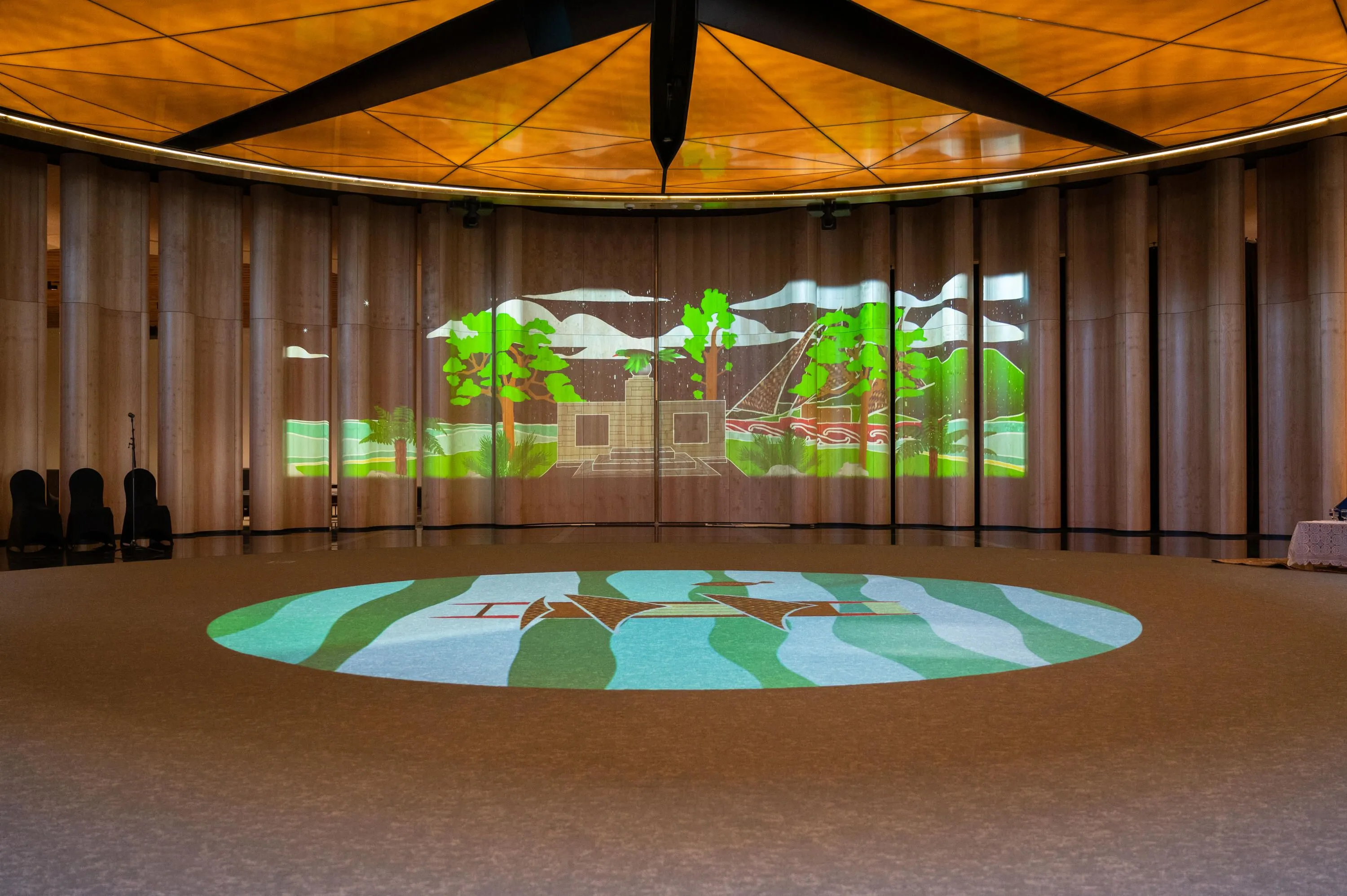Artists Creating Tomorrow's History
Written by
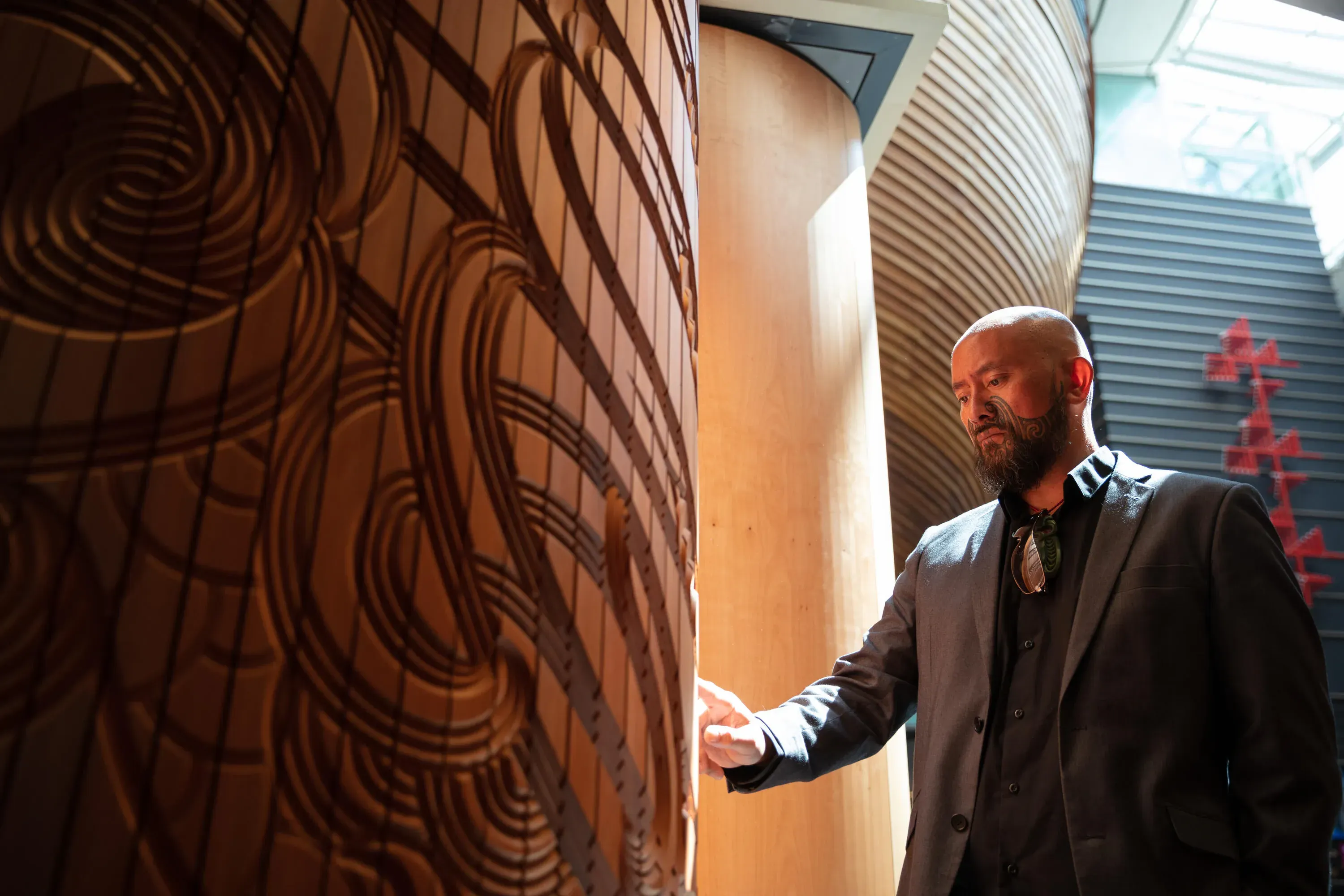
“Titiro whakamuri ki anga whakamua - look to the past, so that we can progress forward.”
Graham Tipene doesn’t lend his artistic vision to just any project. The multidiscipline, multi-award winning creative isn’t one for box-ticking or filling a diversity quota.
So his decision to be part of the project that has transformed Auckland Museum’s striking Southern Atrium - Te Ao Mārama - began with staring the history of colonialism that exists in such institutions straight in the eye.
The previous treatment of taonga from Māori and other cultures is an issue that can’t be overlooked. But after many discussions, Tipene concludes “that whare is now a place of guardianship, in terms of all the items that are in there.
“Museums - particularly Auckland Museum - has done a great job in working with iwi, having Ngāti Whātua and Tainui representatives on their board therefore we have more of a say in what happens to those taonga now.”
Rather than try to sweep their past under the carpet, Auckland Museum’s been prepared to confront it and embrace its responsibilities as kaitiaki of such an extensive collection in a multicultural city.
But that hasn’t been reflected traditionally in the make-up of the manuhiri (visitors) - and it’s something Teu Le Va Manager Olivia Taouma is addressing.
“Our Pacific communities - by and large - don’t come to museums. They are colonial institutes, they have a history of trauma and part of that for us was needing to prioritise Pacific in our space.”
Colleague Mereana Taungapeau - AM’s Pou Herenga Manager who ensures iwi engagement, cultural protocol and te reo Māori are considered for both visitors and staff - echoes that sentiment.
“Museums haven’t got a great track record when it comes to what they were - founded on colonial ideas of collecting and some of those taonga were taken or bought without the knowledge of those whom they belong to, which makes Māori and Pasifika a bit wary.
“Showing the Museum is open to those conversations starts with how we are welcoming people into this space and making them feel present and heard inside the building.”
So several years ago - the decision was made to ensure that welcome begins from the moment they walk into the Museum.
Impressive entrances to museums are nothing new - but many feel like they could be anywhere in the world. Te Ao Mārama stands out as being uniquely and viscerally belonging to Tāmaki Makaurau.
Taungapeau says “It’s about making that presence felt within the building when you first enter, it’s an acknowledgement of the mana our iwi has to our tuakana, our Pacific cousins.”
To achieve this, Auckland Museum didn’t just commission artwork to fill the great expanse of this bold new entrance - they worked directly with artists to create the space.

Instalation of Manulua in Te Ao Mārama. Photo: Richard Ng.
Taouma explains “art is something that traditionally institutes like ours has collected, but we haven’t really ingrained it into the building or the architecture and the design itself.
“We got the opportunity to work with artists about making the space really culturally significant but also current in the contemporary form and expression.”
To best describe the relationship, she referenced one of the artists involved in the project, the talented Sopolemalama Filipe Tohi - “You have to collect the past, present and the future, and the people who do that best are our artists.”
Taungapeau expands “We (Auckland Museum) are storytellers now, rather than collectors. If it means bringing others up to tell the stories, then that’s how it should be.
“There are sometimes gaps in our collecting - more contemporary stories or deeper stories that really enable those voices to be heard. That’s when we’ll go and commission different artworks to enable those narratives to be told in a way that’s culturally appropriate and uplifting.”
Tipene agrees. “That’s one of the things that we need to get our head around. All the stuff in the Museum was yesterday’s today - so us being creatives, we are putting in tomorrow’s history.
“Let’s not think of us as the right here, right now - we’re part of this massive timeline, and anything we do today is going to be looked at as historical 20-30 years from now. That’s the thinking we need to adopt.”

Graham Tipene with his whānau enjoying Te Tatau Kaitiaki at Te Ao Mārama. Photo: Richard Ng.
Tipene has worked on many civic projects and was particularly impressed with the attitude of the Museum team, their willingness to push boundaries and find new ways to do things. That approach hasn’t just produced an award-winning space - collecting the Interior Design Supreme Award as well as three awards at the recent NZ Architecture Awards - but an inviting one as well.
“It’s just a really beautiful collaboration of thought,” Tipene says of the experience that took about two years from concept to completion.
“We knew what the other artists were doing but we didn’t know what it would look like once it’s in there. So the collaboration was with the Museum and the architects, they had a more in-depth idea of what was happening. As an artist, I knew what I was doing for my part of the job. It came out really well.”
The cohesiveness of Te Ao Mārama adds to the overall experience.

Wāhi Whakanoa at Te Ao Mārama. Photo: Richard Ng.
Whether it’s the animated audio-visual Under the Tanoa that shares the arrival stories that make up the Museum’s Taumata-ā-Iwi, Chris Bailey’s Wāhi Whakanoa stone sculpture or the stunning twin artworks, Manulua created by Sopolemalama over the ‘legs’ of the breath-taking Tanoa - creative forces have concocted an environment where there an unmistakable and intentional energy.
When you enter Te Ao Mārama, the first thing you are greeted with is Tipene’s Te Tatau Kaitiaki (The Guardians Gateway). A pōwhiri threshold inserted into two doors, the piece isn’t just ceremonial in its role with tikanga - For Tipene, it reinforces that theme of guardianship.
“I looked at the building itself and its place as a guardian to taonga. I thought ‘how can I talk about that and make it personal’ - because if it’s not personal then it’s just going to be a piece.”
The artwork doesn’t just speak to protecting the taonga, but how we look after each other.

Te Tatau Kaitiaki at Te Ao Mārama. Photo: Richard Ng.
“The story of the two doors represent two women in my life.
“One was my adopted mother who raised me and the other woman was her aunty who was in charge of going to the far North and bringing her back to Auckland for hospital visits.
“Everytime I walk into this space now and I see these two women, I just have to go over and touch them and say ‘I will never forget you because you’re both beautiful, amazing women.’
“I’m flabbergasted that this story is being told in this way. It’s going to be there for a long time and the descendants of these women will be able to not only see our Māori design in this space, but these are our kuia, our wahine - it’s pretty awesome.”
Those involved feel a sense of pride when they walk into Te Ao Mārama.
Taouma gushes “I’m ecstatic about it, it’s actually done a lot more than we ever dreamed of.
“What fills me with so much joy is seeing all our tamariki having the time of their lives - in a museum (laughs) - with Under the Tanoa, really enjoying our iwi stories that are projected on the floor and the panels behind it with their parents, becoming immersed in culture without needing to make a decision about culture.”

Under the Tanoa at Te Ao Mārama. Photo: Supplied.
It still strikes Mereana with a sense of awe. “It’s about having that sense of culture and identity of Aotearoa as soon as you walk in the door, the sense of Māori and Pasifika really being present in a space.
“This project was one of the highlights of my career. It has enabled a lot of the Museum teams to really understand what it means to engage in a respectful, reciprocal, genuine and supportive way.”
“It’s not just about us transforming our building, it's about us transforming the lives of who we connect with in a way that’s uplifting and positive for them.”
Written in partnership with Auckland Museum.

